If you are wondering why bugs and other pests pay your bathroom a visit, it’s because of all the moisture. And when we’re talking about the toilet seat, in particular, many people fail to clean it consistently and in detail. Flushing isn’t enough, since there is the residue left behind and that is enough to attract all the wrong guests.
Bright Side wants you to know that many pests can crawl into your house through your toilet and that there are ways to prevent this from happening.
1. Snakes
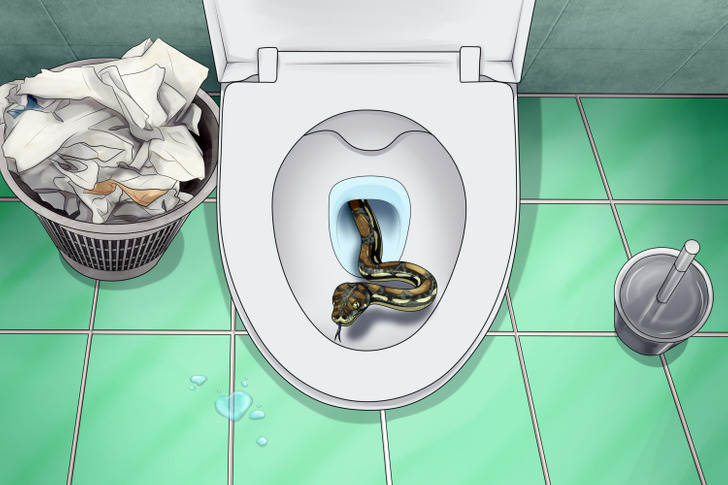
Snakes just love cool, wet, and dark places and that’s why your toilet pipes can be very intriguing to them. But, what drives them there in the first place is the sewer that has food remnants that they can feed on. When they are finished with their food in the sewer, they will look for a way out and the pipes are the easiest and quickest route. However, you shouldn’t be afraid if you live in a cold environment, since snakes will only sneak up in toilets in warm countries.
It’s usually harmless snakes that crawl through the pipes, like garden or tree snakes. That’s because these snakes are slimmer than venomous ones and can fit through the pipes. Although, some anacondas have appeared in people’s toilets in South America and Australia.
2. Rats
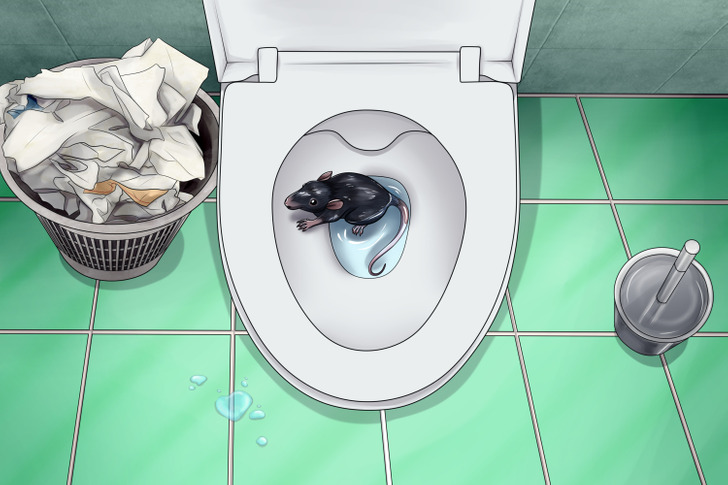
Like snakes, rats are also in constant pursuit of food and our pipes can be very appealing to them. In houses where the toilet and garbage disposal end up in the same pipes, rats are more likely to find a way in. And because their anatomy is very bendy, they can swim through the pipes and hold their breath for minutes before they need air.
So, it’s not just important to discard your food remnants in a trash bag but to also never flush food down the toilet. If there is no food in the pipes, rats won’t have any reason to try and enter your sewage system. You should also keep the toilet cover closed at all times and maybe install a rat guard. This allows water to exit the pipes whenever you flush, but nothing can come up in the opposite direction.
3. Spiders
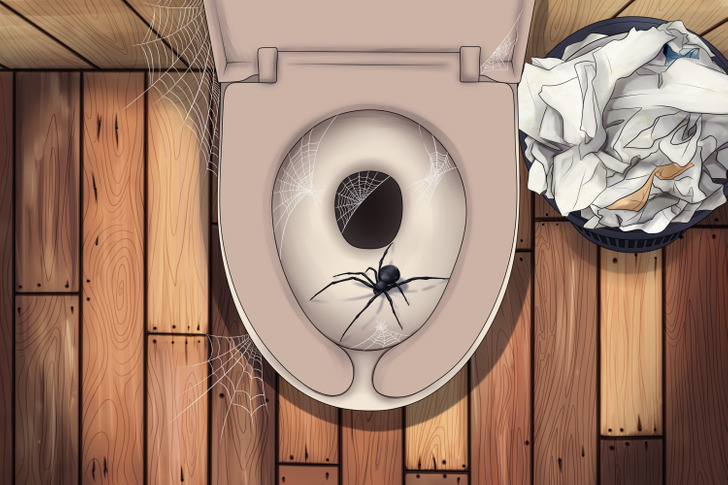
With spiders, things get a bit more complex, since they can’t swim in your pipes, but they can appear in your bathroom through another passage. And when they get in, they will probably sit outside the toilet seat. Only black widows will crawl inside the toilet and weave their web from side to side. But, that will happen only in an outdoor toilet that doesn’t have plumbing and that isn’t connected to a sewer system.
That’s where these venomous spiders thrive since there are many flies that they can catch for food. That’s also why you need to always check the seat thoroughly before using an outhouse toilet. Spiders, like the black widow, the brown recluse, and the hobo spider won’t have any trouble biting you.
4. Lizards
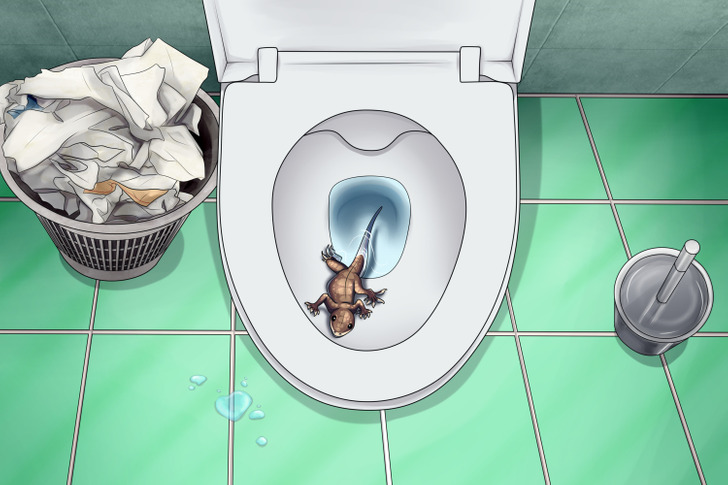
In the Southwest United States, lizards coming through the toilet pipes are a quite common occurrence. That’s because these creatures love water and they try to find food wherever they can. Crickets and other insects (like flies) can be found a lot in your toilet’s plumbing if it’s not kept decently clean. The lizards that can achieve this are usually small enough that they can fit through the pipes.
5. Possums
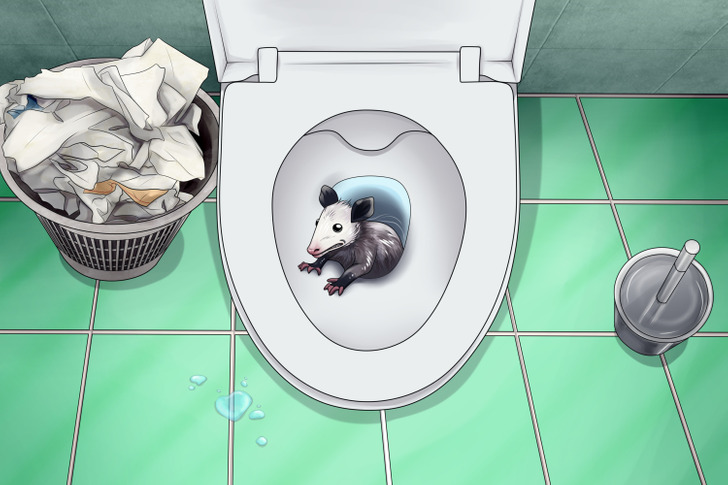
In 2008, a man was in his bathroom in Australia when he saw the water in the toilet gurgling. Moments later, a baby possum appeared and this is not the first time this has happened. On another occasion, a woman found a dead possum in her toilet. These unusual guests are excellent swimmers and can hold their breath for a long time — that’s why they can crawl into your toilet.
How to prevent and react to these occurrences
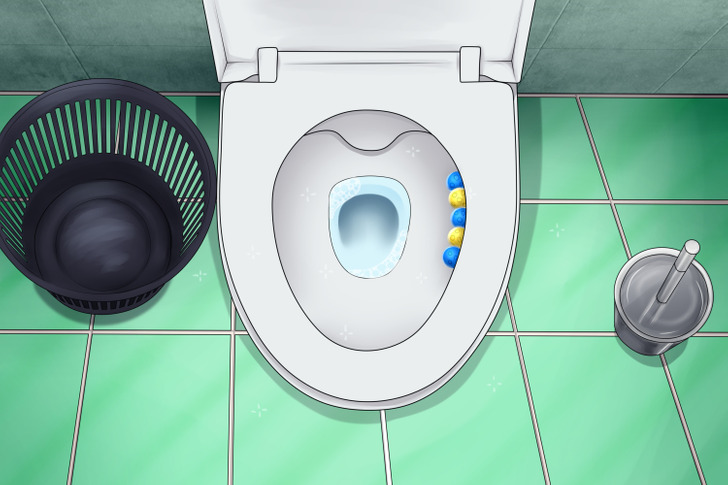
- Keep your toilet clean: This may sound obvious, but you really need to clean your toilet often and neatly. Disinfecting cleaners are perfect for that job and if you want something cheaper you can resort to white wine vinegar or baking soda. You can also get one of those fresheners that stick on the side of the toilet and release a nice smell every time you flush.
- Keep it dry: Most pests love humidity and that’s why they will be attracted to wet bathroom floors. So, it’s important to get rid of any standing water from the sink or the floor after you’ve taken a shower. If you notice any leaks in your plumbing, call a technician immediately and get them fixed.
- Clean your pipes naturally: In a bowl, add equal parts of sugar, water, vinegar, and 5-10 drops of dish soap. Mix all of this together and pour it down the toilet or in your bathroom sink. You can also pour some boiling water into the toilet.
- Call a pest control company: If you don’t have the time or courage to deal with pests yourself, call professionals and let them use their heavy cleaners. After that is done, you can occasionally throw water mixed with a cleaning solution down the drain to make sure no pest will climb up into the toilet.
Have you ever found an uninvited guest in your toilet — if so, what was it and how did you react?
9 things you should never plug into a power strip

When we think of the past, one of the first thoughts that runs through our mind is how people lived without electricity. Nowadays, we can’t even imagine a day without it because all of our appliances and devices run on electricity.
The truth is, however, that most homes don’t have enough power outlets to keep everything running and charged, so most of us rely on power strips without being aware that appliances that consume a lot of energy become dangerous fire hazards when we plug them into a power strip.
Although power strips are the thing to go to when it comes to charging your phone or power an entertainment setup, there are certain devices that should never be plugged into a power strip.
Air conditioners, space heaters, toasters, and other appliances that use high wattage can easily cause power strips to overheat, which can easily lead to a fire hazard.
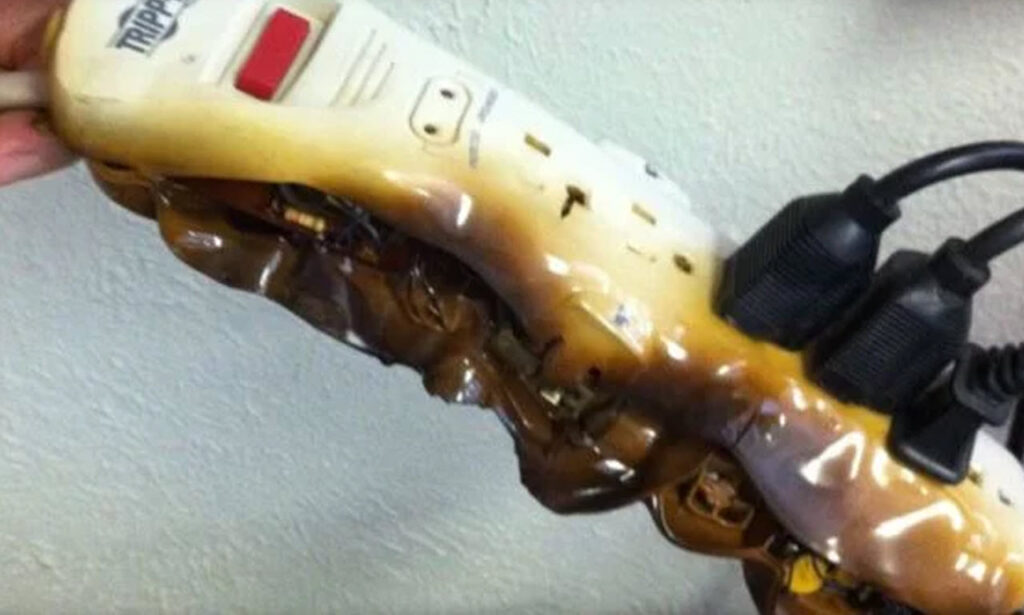
Even before plugging anything into a power strip consider the ammount of power they support. This is usually listed on the product itself.
High-capacity appliances need to draw a lot of power through an electrical circuit to work. Keep in mind that an appliance does not need to be large in size to draw large amounts of power.
Below is the list of appliances that should never be plugged into a power strip.
1. The oven: Even though the oven is not used continually, it is a power-hungry appliance that should not be plugged into a power strip. In fact, it should be plugged into its own wall outlet on its own circuit.
2. Refrigerator: Refrigerators require a lot of power and frequently cycle on and off which can easily overload a power strip and cause damage. Much like the oven, refrigerators require a wall outlet dedicated solely to powering the appliance.
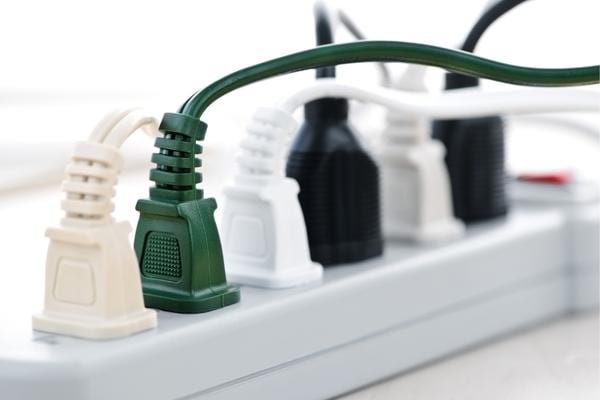
3. Washing Machine: When turned on, washing machines pull a lot of power. This is the main reason why these appliances shouldn’t share a receptacle with any other appliance or device.
Most washing machines use a max of up to 1400 watts, putting it dangerously close to the max load of most power strips. On top of that while working, washing machines are usually left unattended and work longer hours, at least an hour, which is long enough for a power strip to overheat.
4. Heating: Portable heaters should never be plugged into a power strip because most of them use 1,500 watts of energy on their high setting and they usually run for extended periods of time.
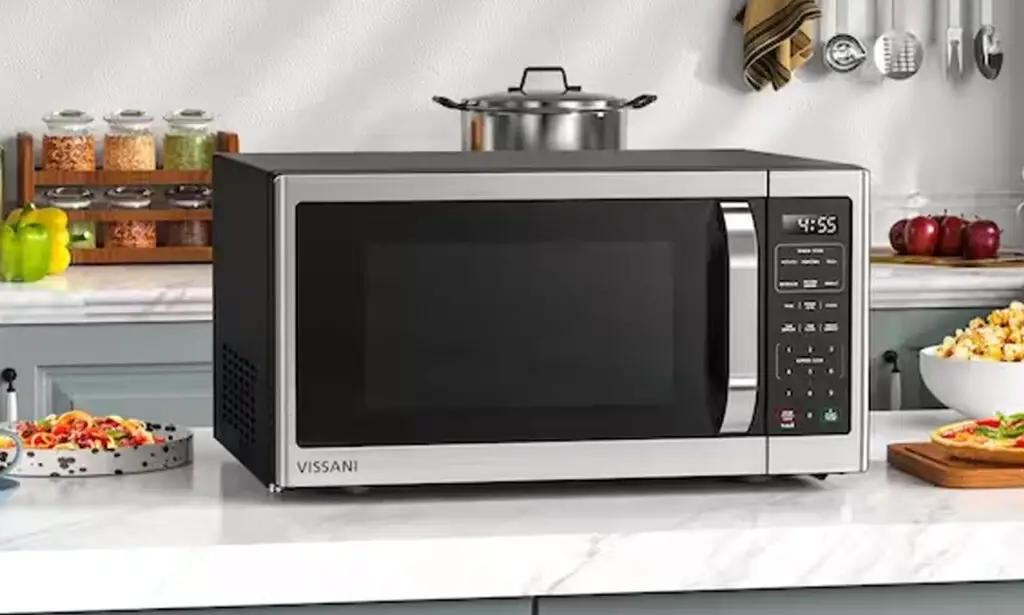
5. Microwave: Since they consume a lot of energy when used, most microwave ovens are plugged into their own receptacle and that is always a good practice.
6. Coffee Maker: Those who own a coffee maker are not fully aware of the power these appliances use, and this is why they should never be plugged into any sort of power strip or extension cord.
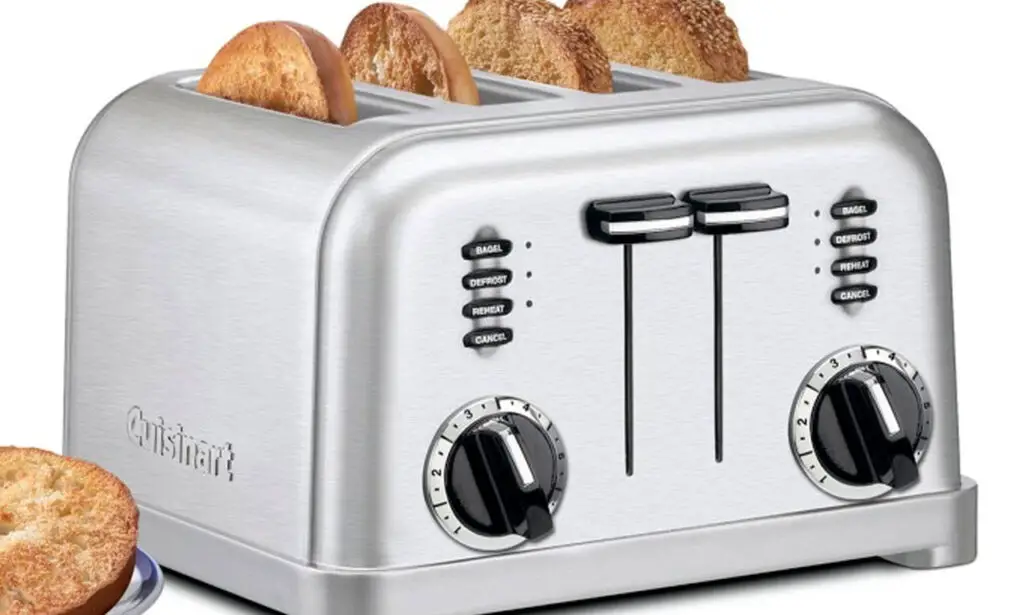
7. Toaster: You may think that browning up slices of bread or bagels doesn’t require a lot of energy, but the truth is that toasters use a lot of energy when in use and they should be plugged directly into the receptacle rather than a power strip.
8. Another Power Strip: Power strips are not meant to be used in conjunction with another power strip, although many people do exactly that. This, however, violates most safety codes because it can easily lead to overloading the electrical system.
9. Electronics (Computer, TV, Router): These types of electronic devices don’t necessarily use a lot of power on their own, but they are sensitive to surges and you can find yourself with a burnt out computer or TV very quickly if you plug them into a power strip.
If you want to protect these sensitive devices from power surges, opt for a power strip that functions as a surge protector.

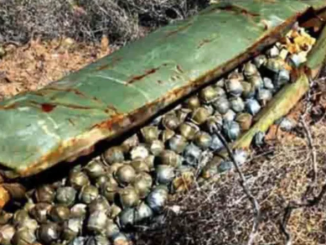
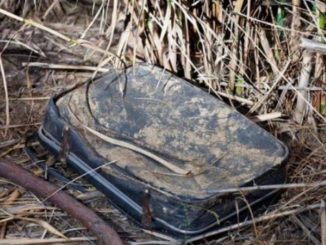
Leave a Reply